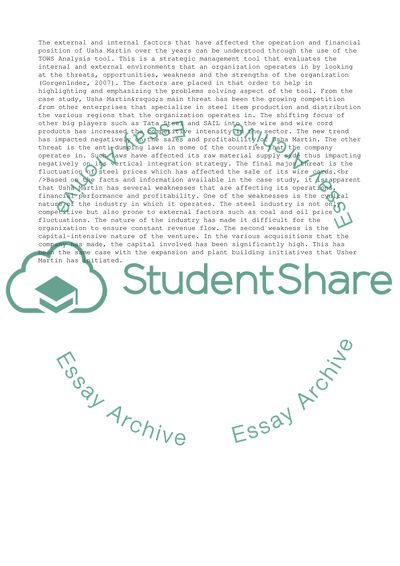Cite this document
(“Usha Martin: Competitive Advantage Through Vertical Integration Case Study”, n.d.)
Usha Martin: Competitive Advantage Through Vertical Integration Case Study. Retrieved from https://studentshare.org/business/1700281-usha-martin-competitive-advantage-through-vertical-integration
Usha Martin: Competitive Advantage Through Vertical Integration Case Study. Retrieved from https://studentshare.org/business/1700281-usha-martin-competitive-advantage-through-vertical-integration
(Usha Martin: Competitive Advantage Through Vertical Integration Case Study)
Usha Martin: Competitive Advantage Through Vertical Integration Case Study. https://studentshare.org/business/1700281-usha-martin-competitive-advantage-through-vertical-integration.
Usha Martin: Competitive Advantage Through Vertical Integration Case Study. https://studentshare.org/business/1700281-usha-martin-competitive-advantage-through-vertical-integration.
“Usha Martin: Competitive Advantage Through Vertical Integration Case Study”, n.d. https://studentshare.org/business/1700281-usha-martin-competitive-advantage-through-vertical-integration.


